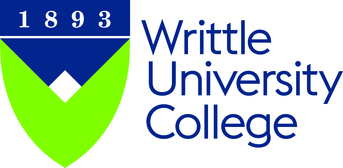Optimising soft tissue in-growth in additive layer manufactured osseointegrated transcutaneous implants.
Giusto, Elena, Blunn, Gordon, de Godoy, Roberta Ferro, Liu, Chaozong and Pendegrass, Catherine (2022) Optimising soft tissue in-growth in additive layer manufactured osseointegrated transcutaneous implants. Biomaterials translational, 3 (4). pp. 243-249. ISSN 2096-112X
|
Text
bt-03-04-243.pdf - Published Version Available under License Creative Commons Attribution. Download (1MB) | Preview |
Abstract
Osseointegrated transcutaneous implants could provide an alternative and improved means of attaching artificial limbs for amputees, however epithelial down growth, inflammation, and infections are common failure modalities associated with their use. To overcome these problems, a tight seal associated with the epidermal and dermal adhesion to the implant is crucial. This could be achieved with specific biomaterials (that mimic the surrounding tissue), or a tissue-specific design to enhance the proliferation and attachment of dermal fibroblasts and keratinocytes. The intraosseous transcutaneous amputation prosthesis is a new device with a pylon and a flange, which is specifically designed for optimising soft tissue attachment. Previously the flange has been fabricated using traditional machining techniques, however, the advent of additive layer manufacturing (ALM) has enabled 3-dimensional porous flanges with specific pore sizes to be used to optimise soft tissue integration and reduce failure of osseointegrated transcutaneous implants. The study aimed to investigate the effect of ALM-manufactured porous flanges on soft tissue ingrowth and attachment in an in vivo ovine model that replicates an osseointegrated percutaneous implant. At 12 and 24 weeks, epithelial downgrowth, dermal attachment and revascularisation into ALM-manufactured flanges with three different pore sizes were compared with machined controls where the pores were made using conventional drilling. The pore sizes of the ALM flanges were 700, 1000 and 1250 μm. We hypothesised that ALM porous flanges would reduce downgrowth, improve soft tissue integration and revascularisation compared with machined controls. The results supported our hypothesis with significantly greater soft tissue integration and revascularisation in ALM porous flanges compared with machined controls.
| Item Type: | Article |
|---|---|
| Divisions: | Equine & Veterinary Physiotherapy |
| Depositing User: | Dr Roberta Blake |
| Date Deposited: | 03 Mar 2024 12:15 |
| Last Modified: | 03 Mar 2024 12:15 |
| URI: | https://writtle.repository.guildhe.ac.uk/id/eprint/15268 |
Actions (login required)
 |
Edit Item |

